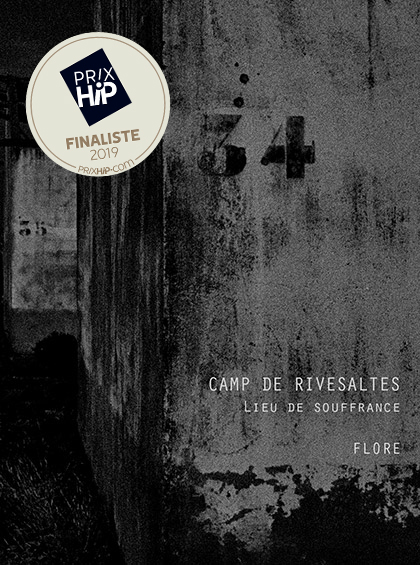- Photographs : Flore
- Text : Denis Peschanski
- Design : Flore et Adrian Claret
- 120 pages
- 17 x 22 cm
- 21 duotone photographs & 20 colour photographies
- Hardcover
- French / English / Spanish / Catalan
- € 30 – € 250
- ISBN : 979-10-92265-73-6
A special edition
This collector’s version is available signed, accompanied by an original numbered and signed print. This set is only available on our website, or at special fairs and events in the world of photography in which André Frère Éditions takes part.
A choice between two photographs from the book is proposed, made under the control of Flore and available in 15 copies only, numbered below, 1 or 2.
Color print is made on Hahnemühle Fine Art paper, format 14 x 14 cm, € 250
Black and white print is made on Japanese paper, format 13 x 18 cm, € 250
Upon receipt of your order, we will send you a confirmation email.
1. Add to cart
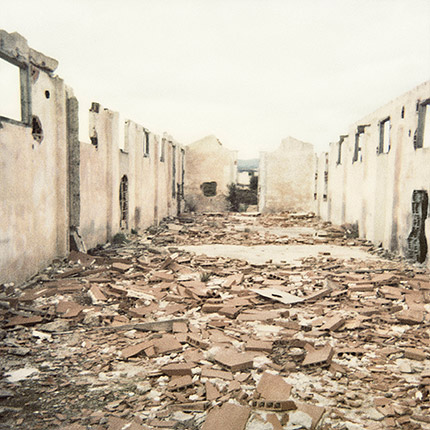
2. Add to cart
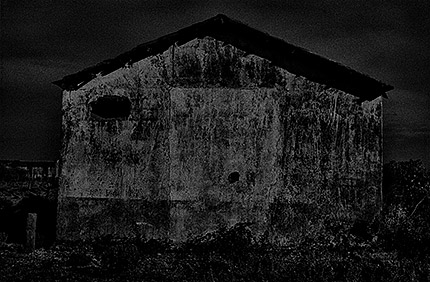
The book
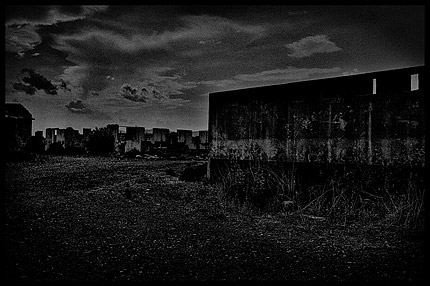
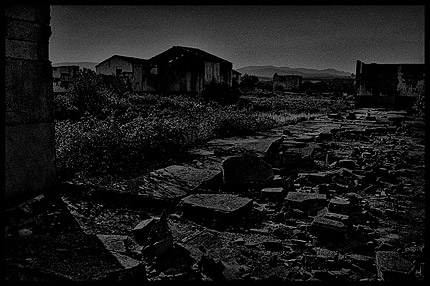
“Flore refused to create something beautiful on a site that has witnessed so many crimes. And yet these are remarkable photos. A surprising contradiction that speaks to the gamble she took, and the challenge that she faced: it is important to remember that this is a space in time, a place that makes an impression on each visitor, and one with a long timeframe embedded into the landscape. The approach is somewhat reminiscent of the impressive architectural statement delivered by Rudy Riciotti, who designed the Camp de Rivesaltes memorial: he understood that rather than imposing his building on the site, the site should impose itself on the building. Hence a memorial buried two-thirds underground; that starts off at ground level and then stretches for 200 metres before reaching the height of the bunkhouses.
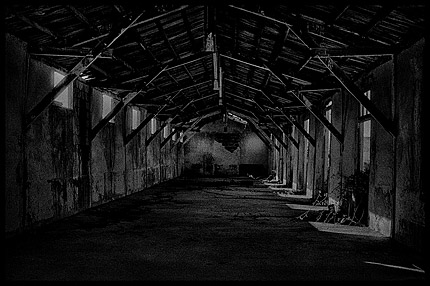
The site is already heavily laden with emotion. The role of artists and scientists is to lend meaning to these emotions, to enhance them with an understanding of the history and its narratives, because the classic numbing effect induced by an emotional shock excludes any opportunity for analysis or interpretation. FLORE has moved this to another dimension. I got to know her soon after I first encountered the memorial project… I have crossed paths with Flore several times since the 2000s. She roamed the camp, searching for traces of the past, for images and landscape, as if she sensed the urgency of such an intervention, of this listing and conservation.
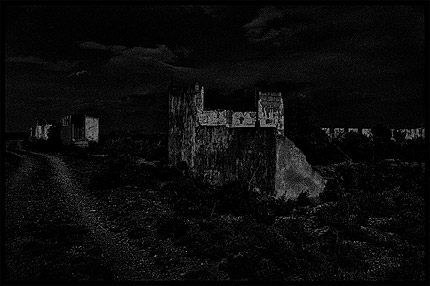
There is a unique feature to the Camp de Rivesaltes: although there were over 200 internment camps in France during the dark years of 1938 to 1946, it is the only one to have left a mark on the landscape. There are of course other highly important sites, such as Drancy – the transit camp for the deportation of French Jews – or Milles (near Aix-en-Provence), which house important memorials. They even contain period graffiti and murals. But the buildings have either been destroyed or have simply regained their original function, such as a high-rise apartment block, or a tilery. When you are aware of this history, the emotional burden is intense; when you uncover visible traces, the depth of the site’s past is revealed. At Rivesaltes, you can imagine this as you wander the landscape of dilapidated bunkhouses with an endless horizon. But is it truly possible to imagine what happened?
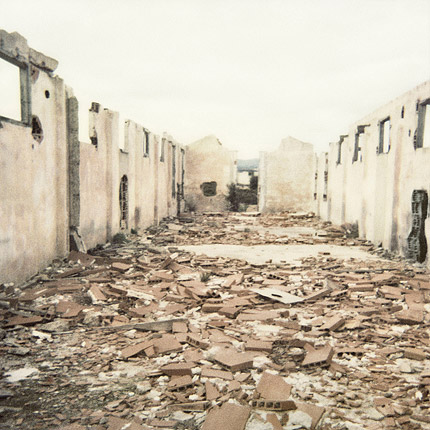
The Camp de Rivesaltes is unique in that it spanned the two greatest tragedies of the second part of the twentieth century in France: the Second World War and the Algerian War. In particular, it saw the administrative detention of Jews, Spaniards and Gypsies during the war and the deportation of the Jews in a site that became the interregional deportation camp for the southern zone between September and November 1942. Remember that people were placed in administrative detention not because they had committed a crime, but for the possible threat that they posed to society or to the State. Troops passed through this vast 600 ha site during the Algerian War, and National Liberation Front prisoners were actually imprisoned there for several months. The Camp is infamous as the site where some 22,000 harkis – French Army auxiliaries who served in Algeria – were kept.
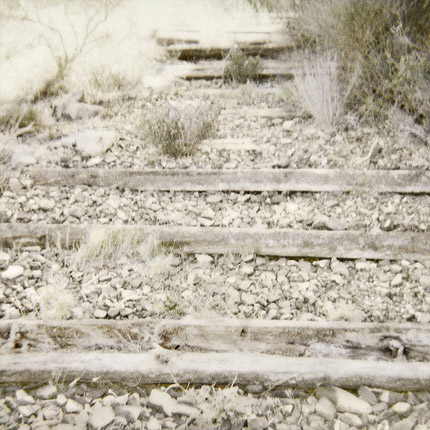
Initially housed in the banishment camp after the Evian Agreements, between 1962 and 1964, some were then kept in “hameaux de forestage” – communities on the outskirts of forests – with certain families still on the site in the early 1970s. Other groups have passed through the site, such as German prisoners of war after the Liberation and, more recently, returnable migrants locked up in a detention centre. But they all have one thing in common: they were displaced against their free will, abandoned there for years, and regarded as outcasts.
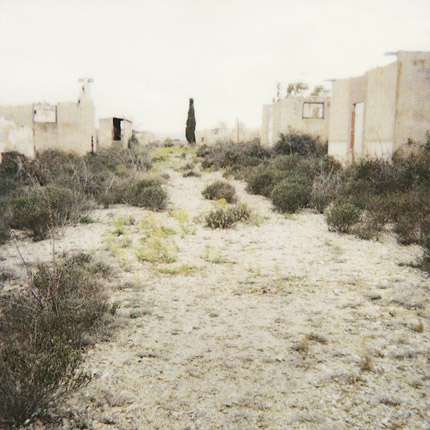
FLlore’s photographs capture and convey this in its entirety. Look at them closely. And marvel at art’s capacity to convey the reality of suffering and exclusion”.
Denis Peschanski Director of Research, CNRS President of the Scientific Council, Camp de Rivesaltes Memorial.
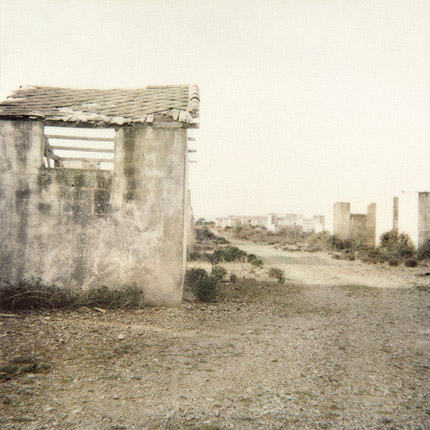
Time has passed.
What remains of those terrible days except the fragile echo which still reverberates within us?
Except those memories which evade us sometimes, each image a touch less distinct than the last, taking on a pallor at certain times, like ne sand slipping through our ngers as we strive to retain our hold on it. An inexorable process?
I still remember you today.
— Flore
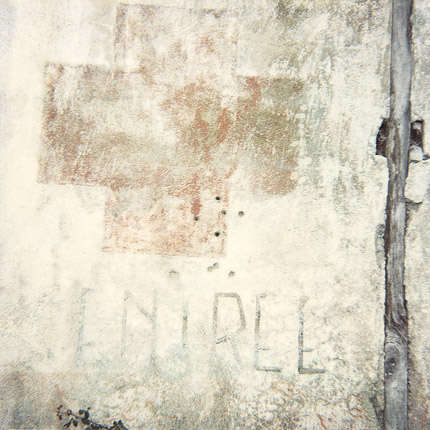
French-Spanish photographer Flore was born in 1963 and currently lives and works in Paris. She has held solo exhibitions worldwide and is represented by several galleries, with many of her works now forming part of public or private collections. Alongside her photographic work, FLORE is an acclaimed teacher running regular masterclass. Her previous books are “Une femme française en Orient” published by Postcart in 2014 and “Lointains souvenirs” co-published in 2016 by Contrejour & Postcart.
